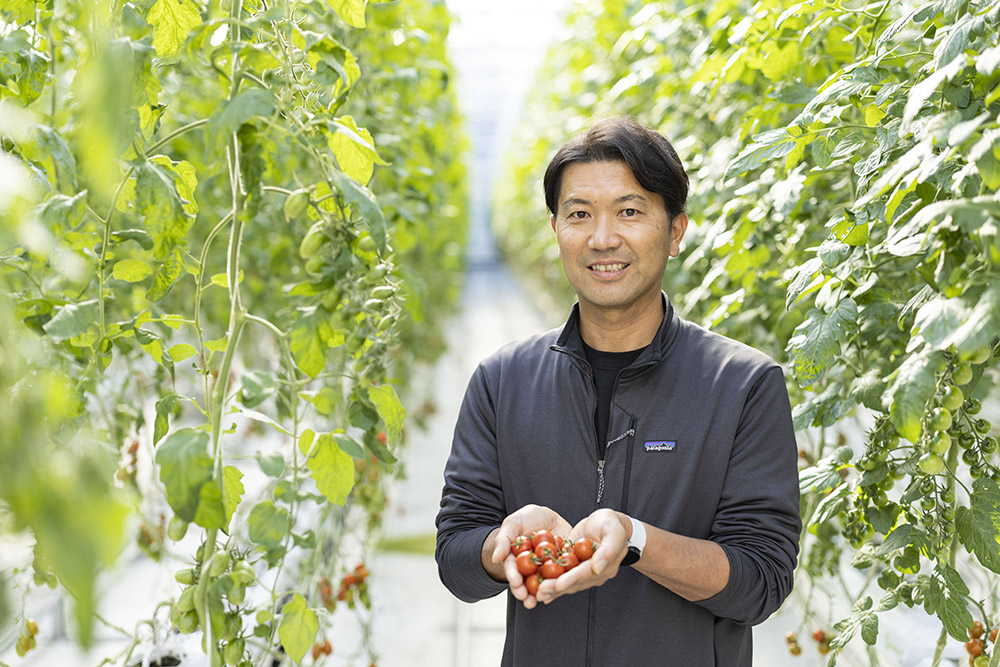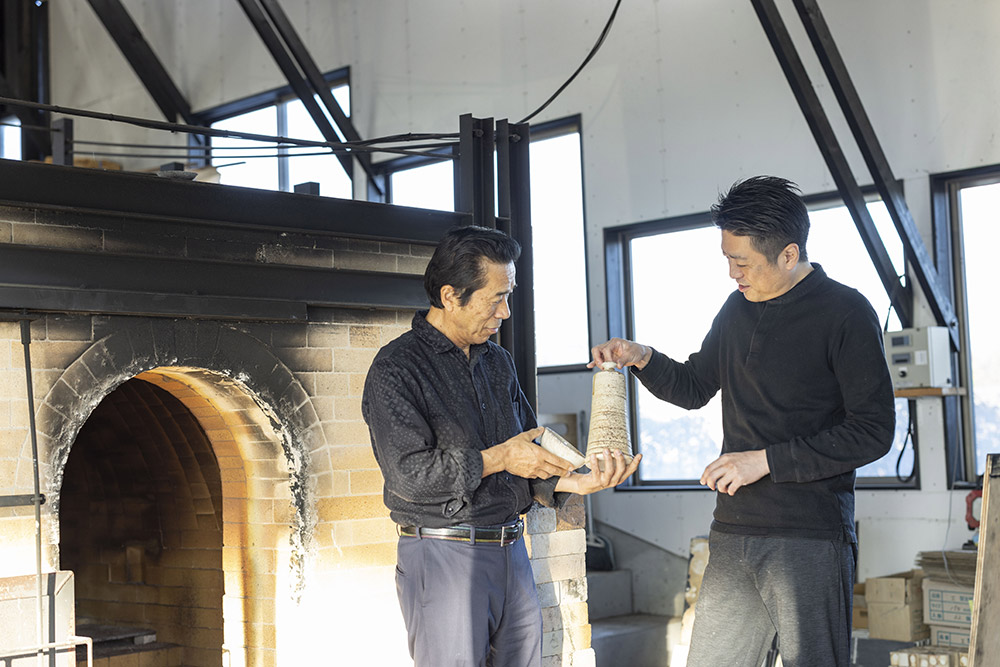Human Connections
Guiding the Future of a Tropical Resort

This Hawaian-themed resort has a long history and a bright future introducing people to the Pacific island style and culture.

Toshihiro Shimoyamada, managing director of the company that operates Spa Resort Hawaiians, is proud of the resort’s history. “After 1955, the coal industry was in decline, and the town of Yumoto was looking for ways to use existing resources to support the local population,” he says. “In the 1960s, Hawaii was a dream destination for many Japanese people, so we decided to combine the concepts of Hawaii and hot springs to create a tropical resort here in Japan.”
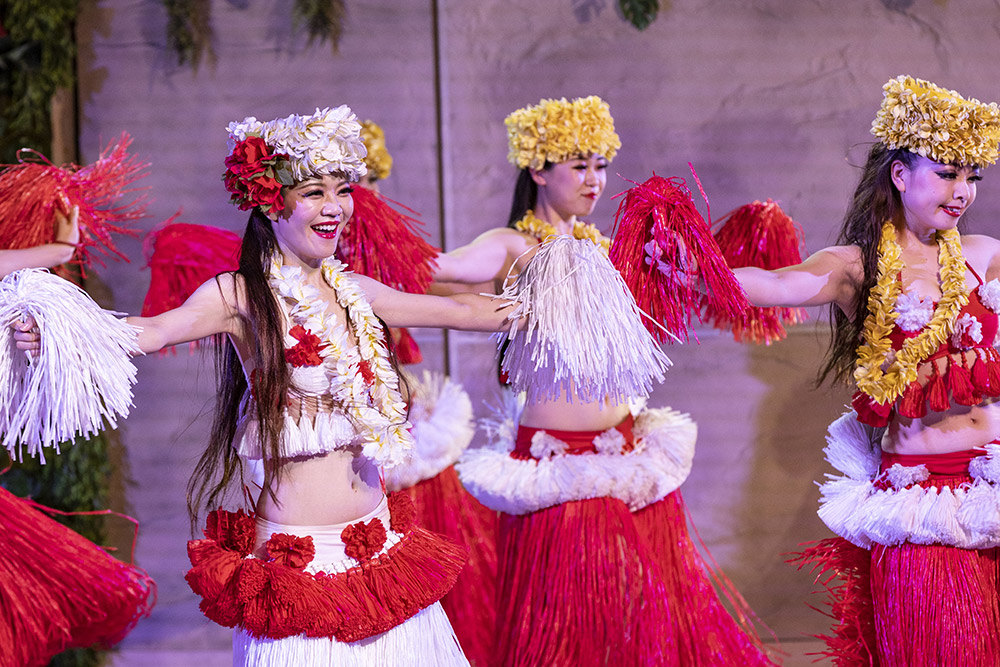
The Hawaiian style of the resort is found throughout the premises in the interior and exterior design, and in the atmosphere of authentic tropical island culture. In the evening, guests listen to the sound of Hawaiian folk songs by the pool, and the rhythmic hula moves of the dancers transports them to a place of palm trees and tropical breezes.
“It’s not easy to promote hula dance in Japan,” Shimoyamada says. “We established our own hula dance school to train talented dancers using a systematic educational approach.” Currently, all of the dancers are Japanese, and they have progressed step by step from the beginning stages. “Six of our most talented dancers perform the important solo parts of the show,” he says.
“We offer a variety of services to meet the different needs of our guests,” says Toshihiro Shimoyamada
There are two performances a day, one in the afternoon and one in the evening. The dance group also travels on promotional tours and takes part in other activities. After the Great East Japan Earthquake of March, 2011, they toured around Japan, using their performances to express their gratitude for the support Fukushima received from people outside the prefecture. Many people who witnessed the show were moved enough to visit the resort later.
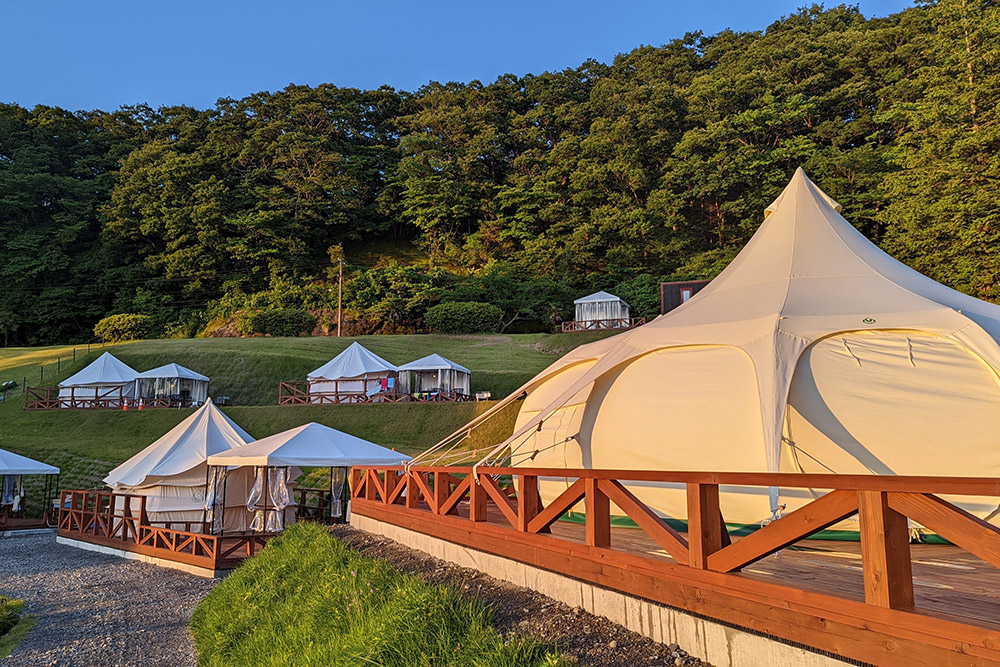
The resort currently operates four accommodation facilities, including the Monolith Tower, which recently celebrated its 10th anniversary, and Mauna Village, a glamping facility which opened in 2021. Visitors can enjoy a wide variety of water-themed attractions at the resort’s six theme parks. These include indoor pools and water slides, as well as the Spring Park hot spring zone (for bathing in swimsuits), and Edo-Jowa Yoichi, which is said to be the largest open-air bath in the world. The hot spring water used in all the attractions is drawn from Iwaki Yumoto Hot Spring, a thermal spring with a history that goes back more than 1,600 years.
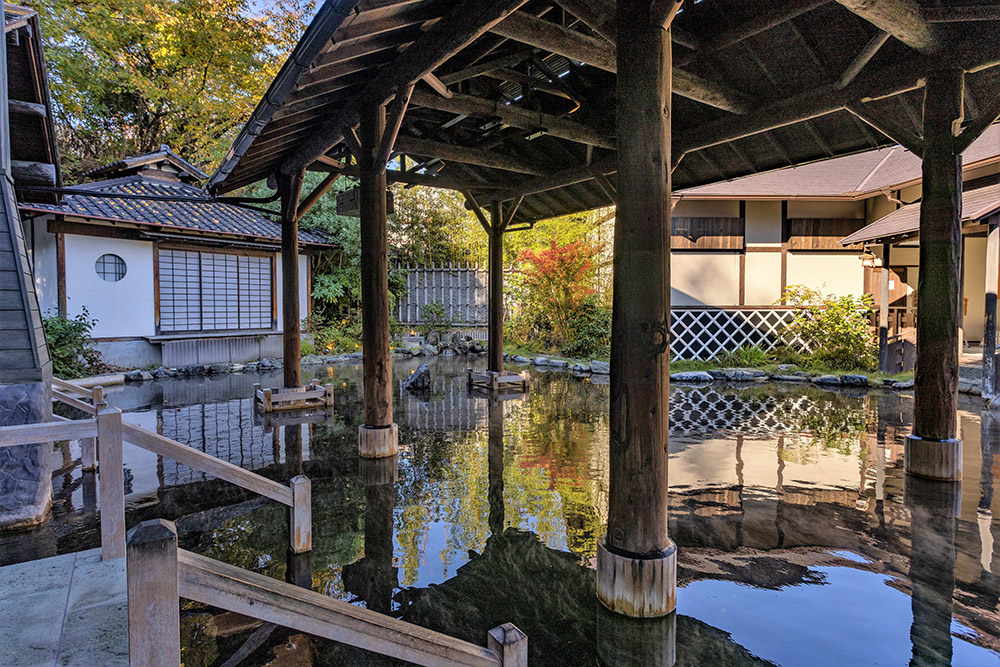
“As times change, we continue to provide leisure activities that suit today’s guests,” says Shimoyamada. “A good example of this is Edo-Jowa Yoichi, a large open-air bath that we built in traditional style from the Edo period (1600–1868). Whether you are an adult who wants to watch hula dancing, a child who is eager to play in the water, or an elderly person who just wants to relax and enjoy the hot springs, we offer a variety of services to meet the different needs of our guests.” The resort, he says, offers reasonably-priced and luxury rooms, as well as a range of activities from golf, hot springs, and shows all in one place.
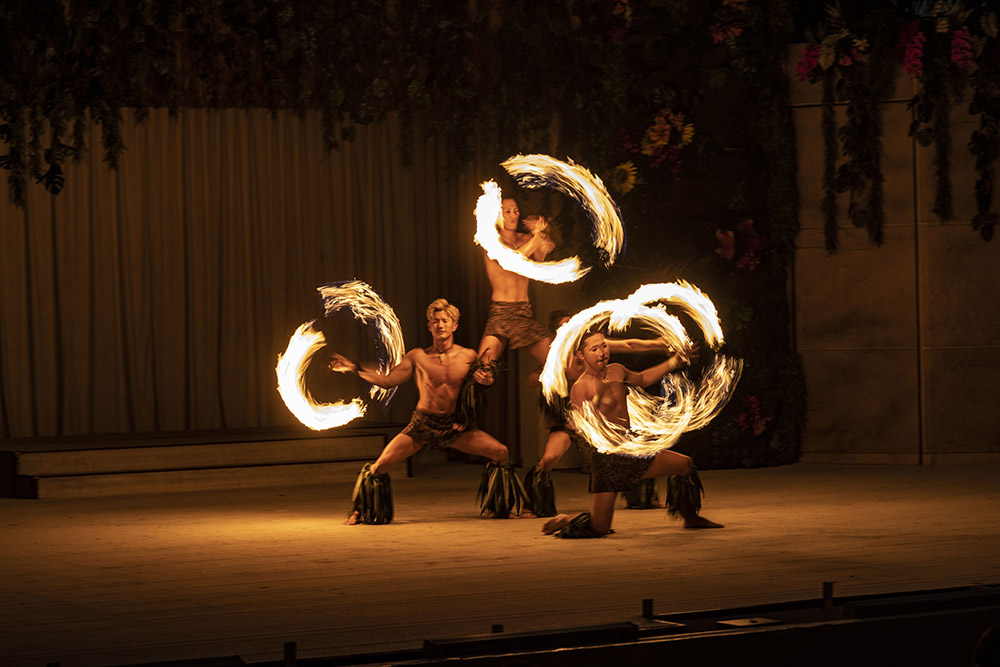
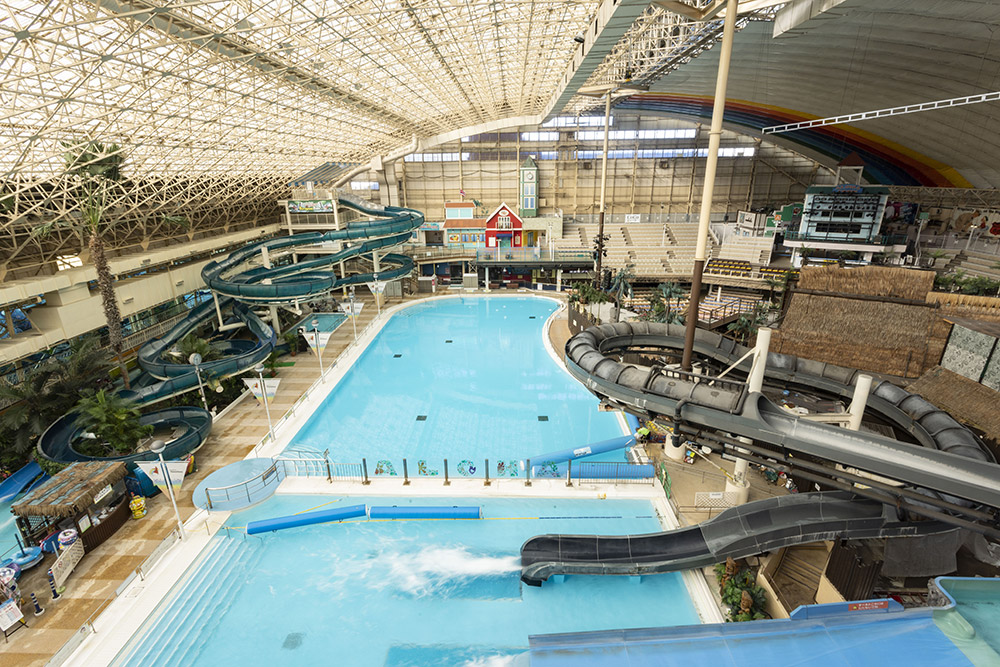
DATA
- Spa Resort Hawaiians
-
-
- Address
- 50 Warabidaira, Jobanfujiwara, Iwaki City, Fukushima
-
- Access
- 15 minutes by free shuttle bus from JR Yumoto Station
-
- Website
- https://www.hawaiians.co.jp/
-
